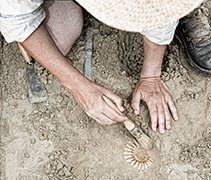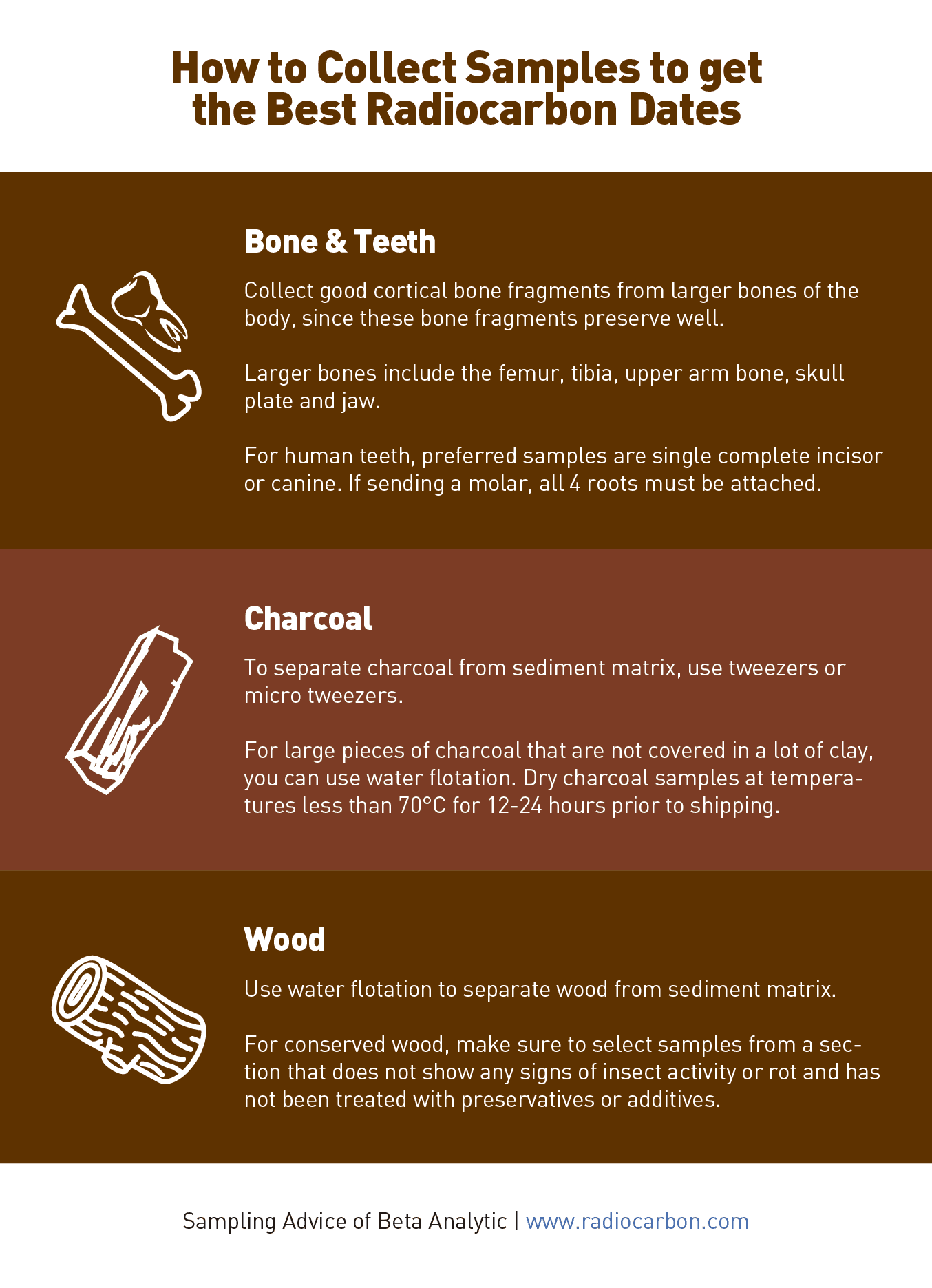
History, anthropology, and archaeology are three distinct but closely related bodies of knowledge that tell man of his present by virtue of his past. Historians can tell what cultures thrived in different regions and when they disintegrated. Anthropologists can describe a people’s physical character, culture, and environmental and social relations. Archaeologists, on the other hand, provide proof of authenticity of a certain artifact or debunk historical or anthropological findings.
Archaeology has undoubtedly enriched mankind’s history like no other science. There is a greater part of man’s unwritten past that archaeology has managed to unravel.
Studying the material remains of past human life and activities may not seem important or exciting to the average Joe unlike the biological sciences. But archaeology’s aim to understand mankind is a noble endeavor that goes beyond uncovering buried treasures, gathering information, and dating events. It is in knowing what made past cultures cease to exist that could provide the key in making sure that history does not repeat itself.
Over the years, archaeology has uncovered information about past cultures that would have been left unknown had it not been with the help of such technologies as radiocarbon dating, dendrochronology, archaeomagnetic dating, fluoride dating, luminescence dating, and obsidian hydration analysis, among others. Radiocarbon dating has been around for more than 50 years and has revolutionized archaeology. Carbon 14 dating remains to be a powerful, dependable and widely applicable technique that is invaluable to archaeologists and other scientists.
The unstable and radioactive carbon 14, called radiocarbon, is a naturally occurring isotope of the element carbon. When a living thing dies, it stops interacting with the biosphere, and the carbon 14 in it remains unaffected by the biosphere but will naturally undergo decay.
Decay of carbon 14 takes thousands of years, and it is this wonder of nature that forms the basis of radiocarbon dating and made this carbon 14 analysis a powerful tool in revealing the past.
The process of radiocarbon dating starts with the analysis of the carbon 14 left in a sample. The proportion of carbon 14 in the sample examined provides an indication of the time elapsed since death of the sample’s source. Radiocarbon dating results are reported in uncalibrated years BP (Before Present), where BP is defined as AD 1950. Calibration is then done to convert BP years into calendar years. This information is then related to true historical dates.
Before deciding on using carbon dating as an analytical method, an archaeologist must first make sure that the results of radiocarbon dating after calibration can provide the needed answers to the archaeological questions asked. The implication of what is represented by the carbon 14 activity of a sample must be considered.
The sample-context relationship is not always straightforward. Date of a sample pre-dates the context it is found. Some samples, like wood, already ceased interacting with the biosphere and have an apparent age at death and linking them to the age of the deposits around the sample would not be wholly accurate. There are also cases when the association between the sample and the deposit is not apparent or easily understood. Great care must be exercised when linking an event with the context and the context with the sample to be processed by radiocarbon dating.
An archaeologist must also make sure that only the useful series of samples are collected and processed for carbon dating and not every organic material found in the excavation site.

It is important that the radiocarbon scientists and archaeologists agree on the sampling strategy before starting the excavation so time, effort, and resources will not be wasted and meaningful result will be produced after the carbon dating process.
It must be stressed that archaeologists need to interact with radiocarbon laboratories first before excavation due to several factors.
1. Sample type, size and packing
Laboratories have limitations in terms of the samples they can process for radiocarbon dating. Some labs, for example, do not date carbonates.
Laboratories must also be consulted as to the required amount of sample that they ideally like to process as well as their preference with certain samples for carbon dating. Other labs accept waterlogged wood while others prefer them dry at submission.
2. Sample collection
Contaminants must not be introduced to the samples during collection and storing. Hydrocarbons, glue, biocides, polyethylene glycol or polyvinyl acetate (PVA) must not come in contact with samples for radiocarbon dating. Other potential contaminants include paper, cardboard, cotton wool, string and cigarette ash.
3. Sample storage
Samples must be stored in packaging materials that will protect them during transport and even during prolonged storage. Labels attached to the packaging materials must not fade or rub off easily.
Glass containers can be used when storing radiocarbon dating samples, but they are susceptible to breakage and can be impractical when dealing with large samples. Aluminum containers with screw caps are safe, but it is still best to consult the radiocarbon laboratory for the best containers of carbon dating samples.
4. Errors and calibration
It is recommended that archaeologists, or any client in general, ask the laboratory if results have systematic or random errors. They should also ask details about the calibration used for conversion of BP years to calendar years.
5. Cost
Clarify the costs involved in radiocarbon dating of samples. Some labs charge more for samples that they do not regularly process.
6. Timescale
Radiocarbon dating takes time, and laboratories often have waiting lists so this factor must be considered.
7. Sample identification
The carbon dating process is destructive, and labs usually advise their clients with regard to sample identification or labelling. However, it is the clients’ responsibility to make sure that all samples for radiocarbon dating have been labeled properly and correctly before testing begins.
8. Types of contaminant
Communication with clients also gives labs an idea of the possible types of contaminants in the excavation site. Knowing the type of contaminants also give radiocarbon scientists an idea on the pretreatment methods needed to be done before starting carbon dating.
9. Expected sample age
Labs ask clients on the expected age of the radiocarbon dating samples submitted to make sure that cross-contamination is avoided during sample processing and that no sample of substantial age (more than 10,000 years) must follow modern ones.
Labs also want to avoid processing carbon dating samples that will yield large calendar ranges. Radiocarbon dating results have insignificant value as in the case when the calibration curve is effectively flat and all calendar events in the period will produce about the same radiocarbon age.
Interpretation of radiocarbon dating results is not straightforward, and there are times when archaeologists deem the carbon 14 dating results “archaeologically unacceptable.” In this case, the archaeologist rejected the radiocarbon dating results upon evaluation of the chronology of the excavation site.
There are many possible reasons why radiocarbon dating results are deemed “unacceptable.” It can be that there is an underlying depositional problem, or an unsuspected contamination, or even a lab problem. In either of the cases, it is still worthwhile to carefully consider why the radiocarbon dating results were deemed unacceptable.
Disclaimer: This video is hosted in a third-party site and may contain advertising.
This video excerpt is part of Beta Analytic’s webinar: Isotopes 101: An Introduction to Isotopic Analysis
Rescue archaeology involves the survey and potential excavation of sites that are to undergo some form of construction or development in order to recover any valuable finds that are uncovered and prevent their destruction. The impending developments leave little time for archaeologists to undertake their work and creates a time-pressured environment with stakeholders eager for them to finish as soon as possible.
In such cases where potentially valuable finds are discovered, fast and high-quality radiocarbon dating results can be crucial in determining whether a site warrants further excavation or can be handed back to the developers. In particular, time-sensitive projects like rescue archaeology, waiting months for test results while construction is halted is not viable and can be a financial burden. Archaeologists need radiocarbon dating laboratories that can cater to their specific project requirements and deadlines.
Grahame Johnston, Rescue Archaeology (2015), Archaeology Expert, (accessed June 2018)
Sheridan Bowman, Radiocarbon Dating: Interpreting the Past (1990), University of California Press